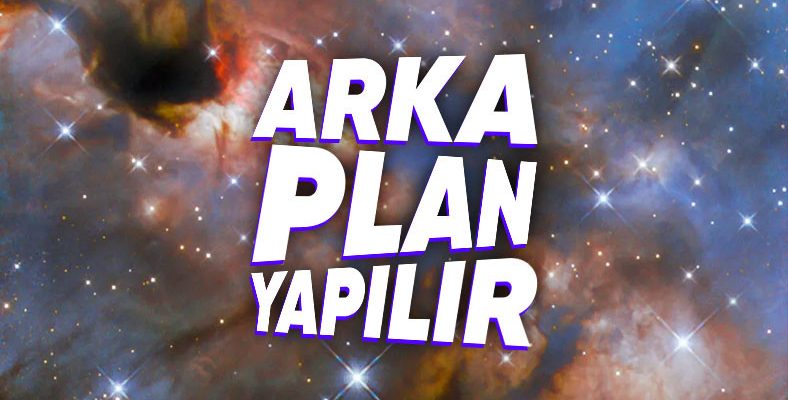There are different details in every corner of the brightly visible photo. But the largest one extends from one corner of the square to the other.
James Webb Telescope The Hubble Telescope, which remained somewhat behind the scenes with its production, still maintains its functionality and allows us to obtain information about the depths of space. While doing this, we often witness him capturing fascinating images. Galaxies mostly appear in these images.
But this time it’s different, with stars We have a full, bright image before us. There are so many stars in this image taken from the region named IRAS 16562-3959 that we are confused which one to look at. But these little sparkles are not what we need to see. The real deal is that stretches diagonally in the orange gas cloud lies.
It is 5,900 light-years away from Earth.
In this gas cloud dust and gases cluster and these clusters attract those around them. This process protostar It continues until the becoming stage. At this stage, the star has not yet reached the main sequence stage. So, we can say that it is a preliminary stage in terms of becoming a star. Of course, we should not forget the core temperature, which reaches almost 10 million degrees.
Color differences in the image, NASA says from 4 separate filters stems from. These thin filters in front of the lens allow light of different wavelengths to pass through the lens. At this point, different wavelengths allow us to see details such as the temperature and density of that region.
Although areas of dust and gas shine in the image, there are also dark spots. You can see one of these when you look towards the upper left. Of course, when you see these, do not think that those places are empty. This in the black field The dust is so dense that it does not allow light to pass through. However, scientists think that there is a large star at the center of this area, based on the materials scattered outward from this area.
What are your thoughts about this image, which looks like it came out of a different sci-fi production at every corner?
RELATED NEWS
NASA Discovered a New “Super Earth” 1.5 Times Larger Than Our Planet
Source :
https://science.nasa.gov/missions/hubble/hubble-views-a-massive-star-forming/
